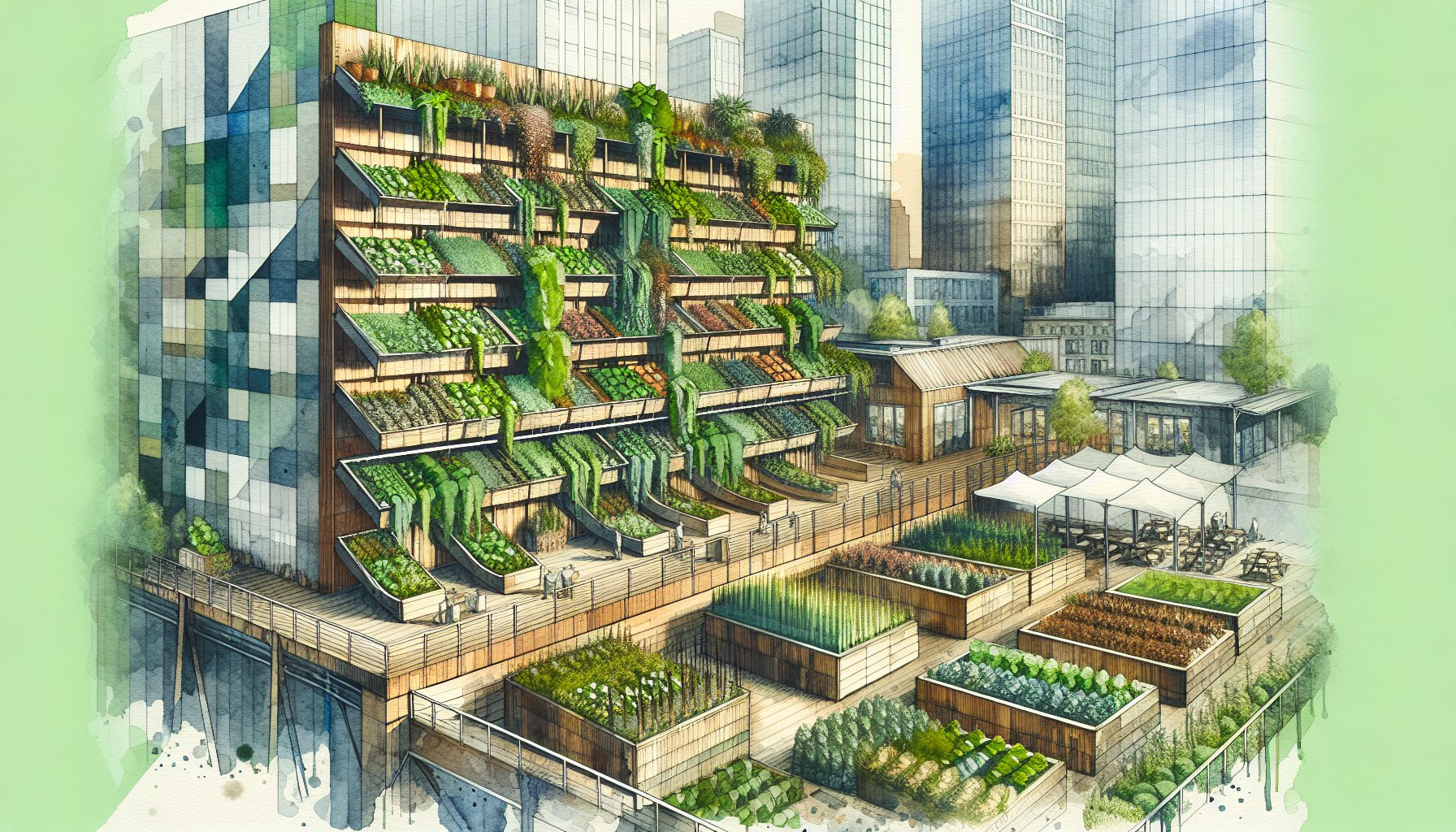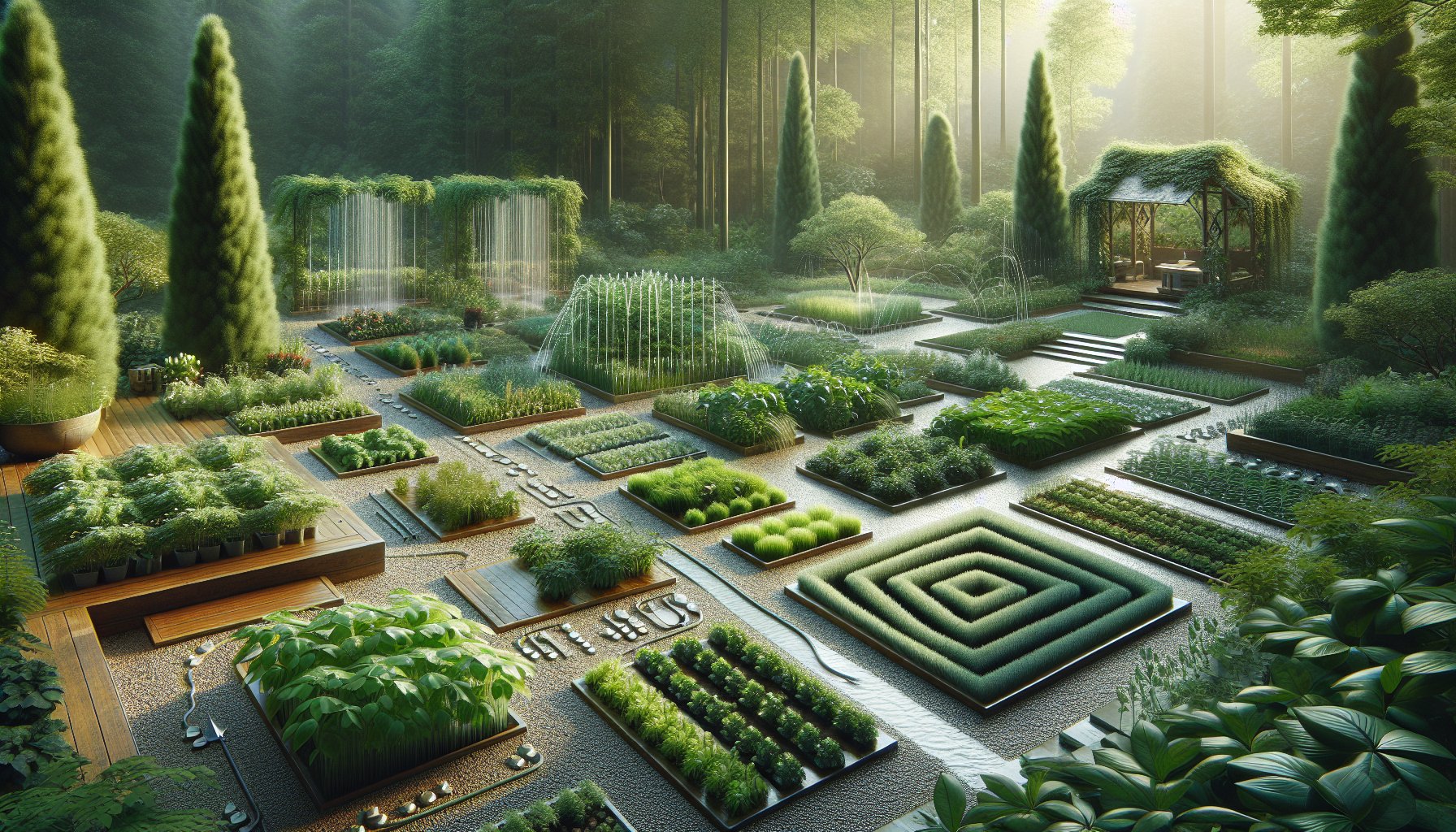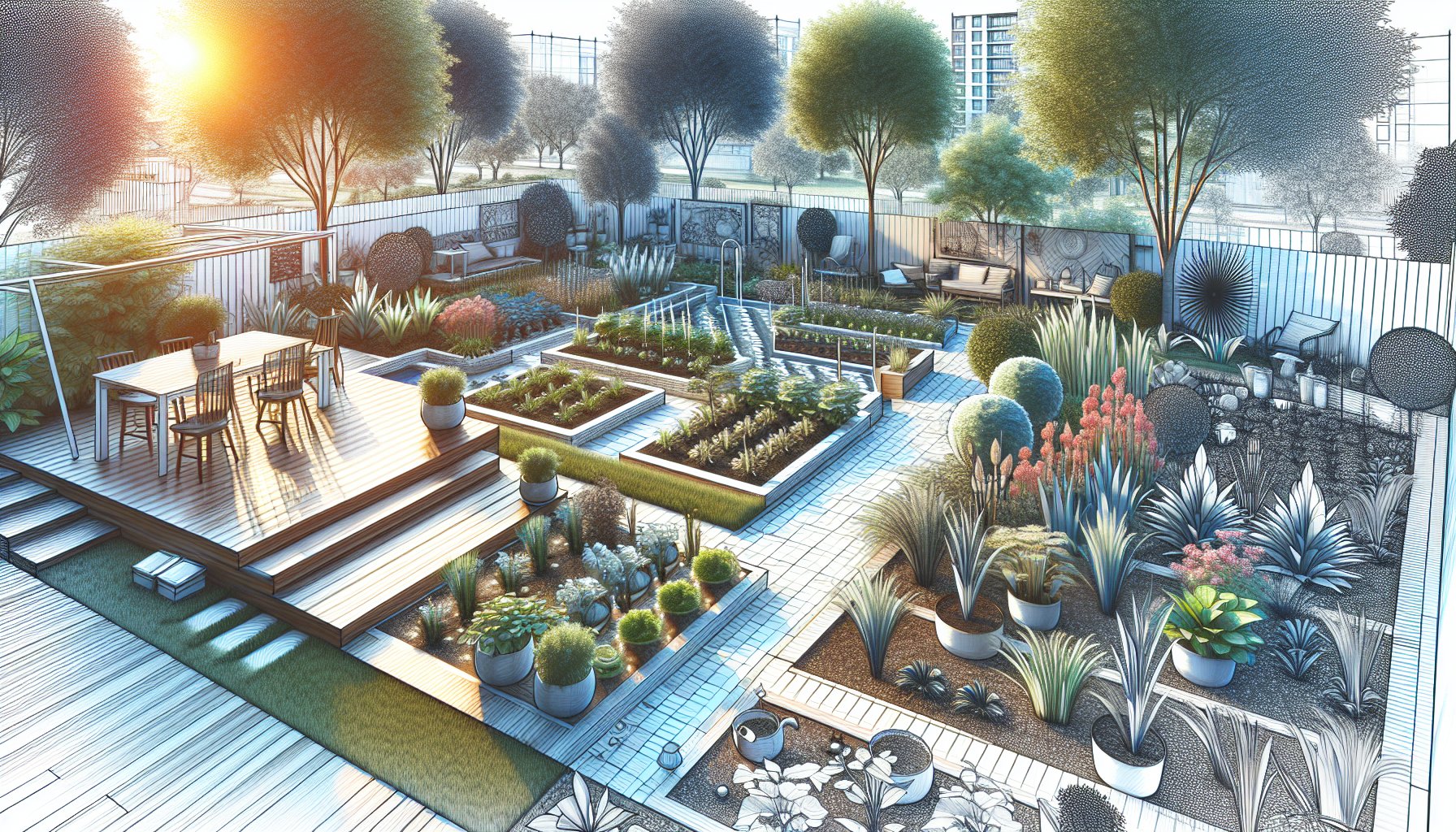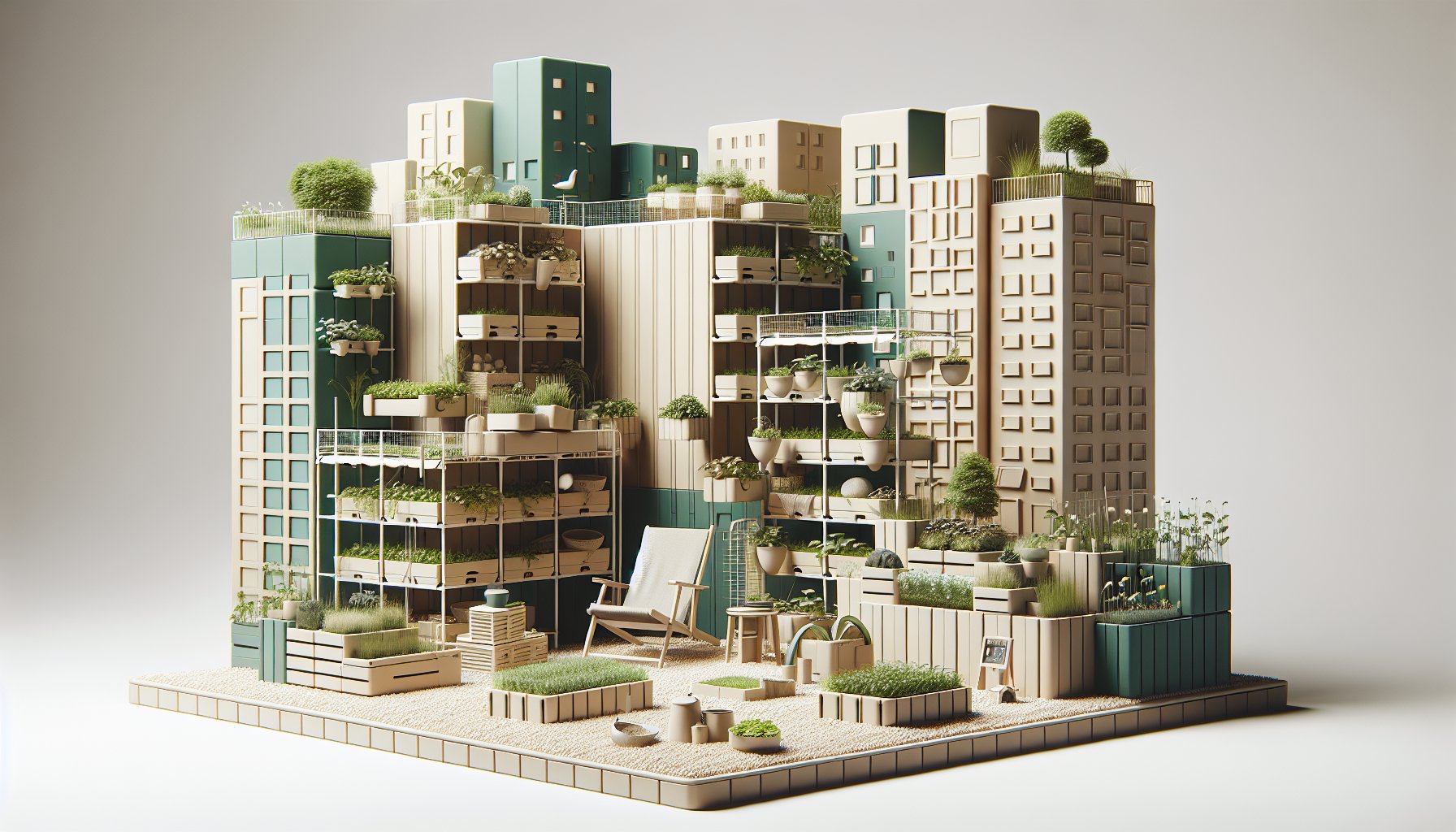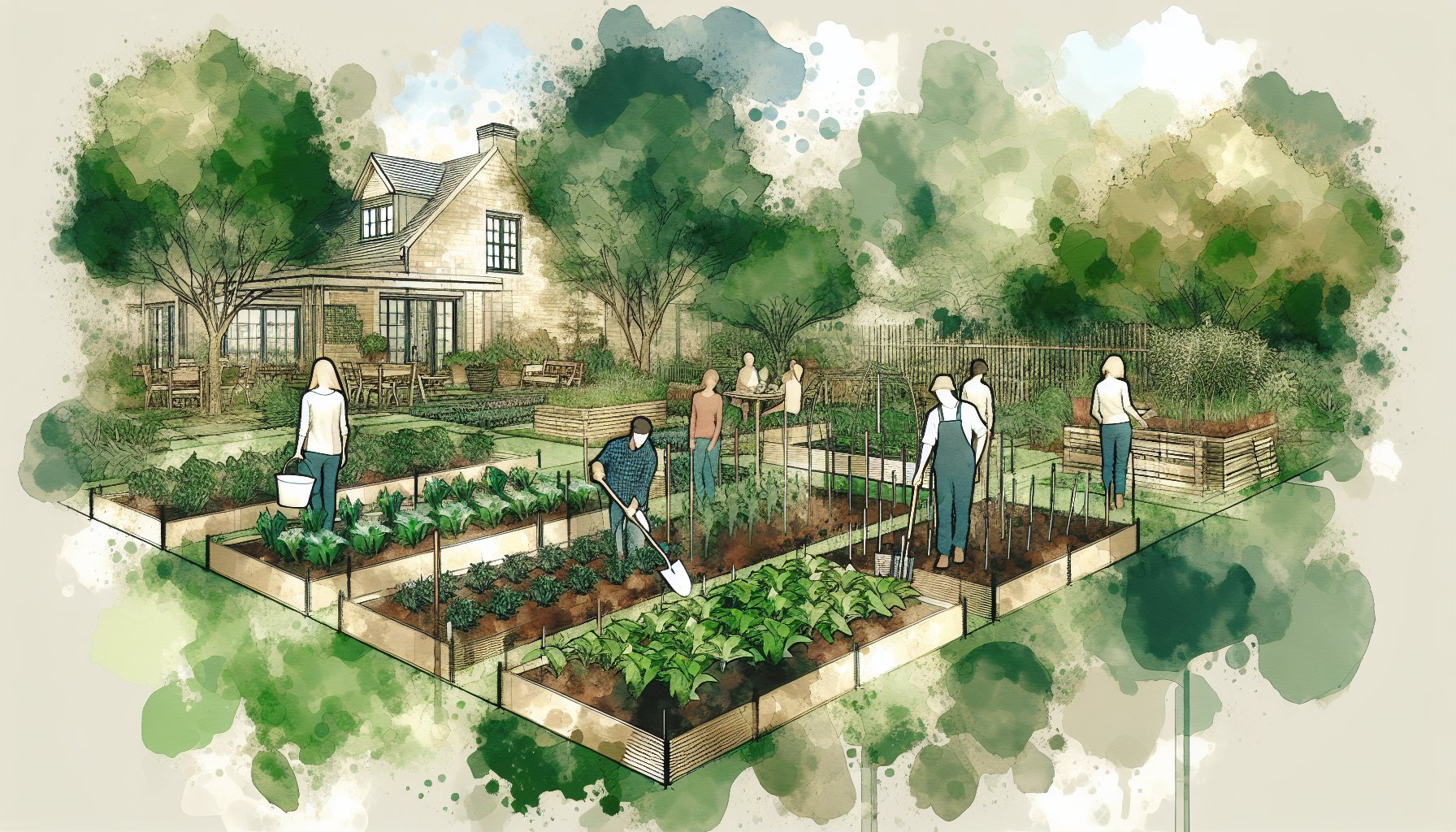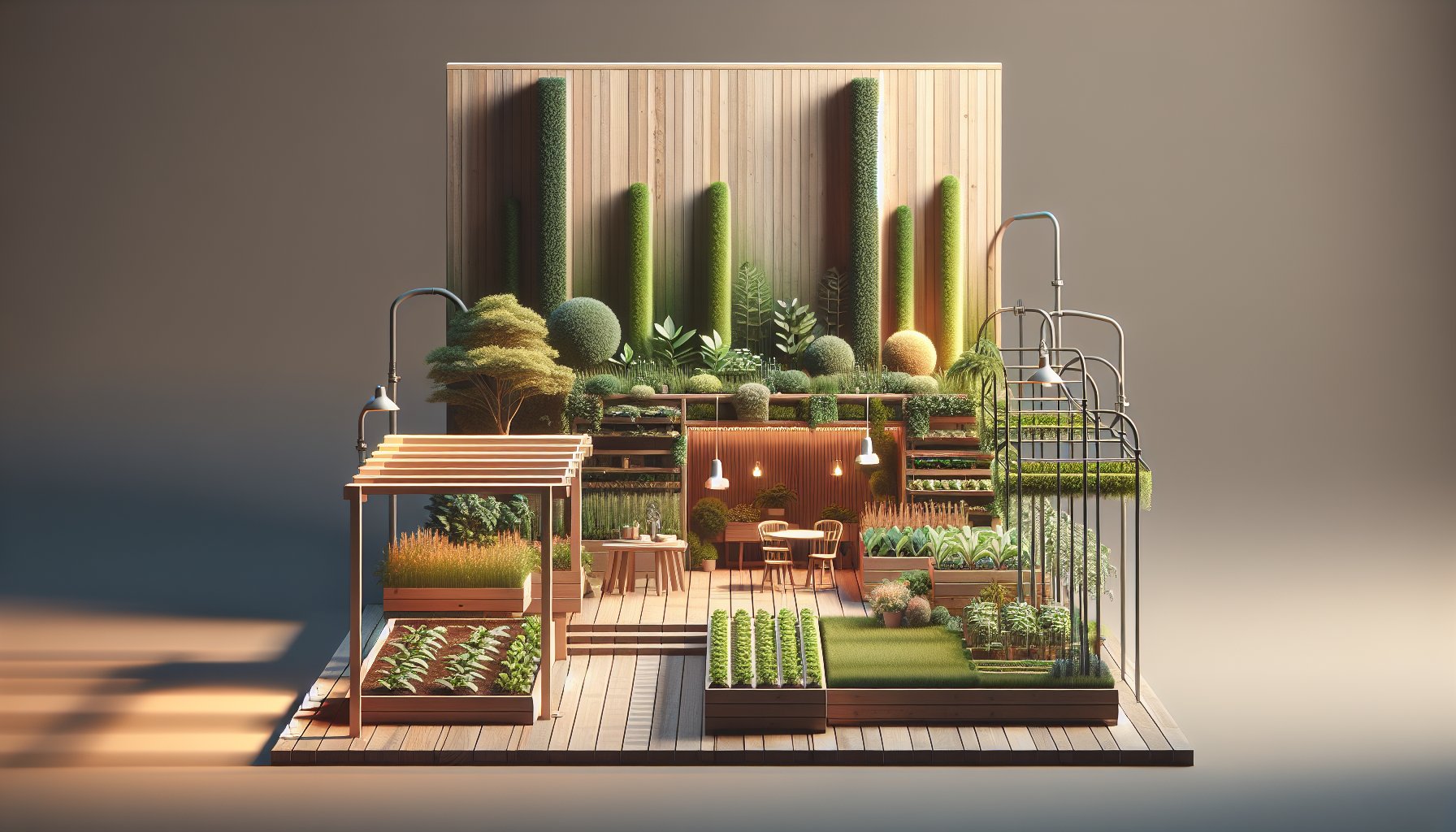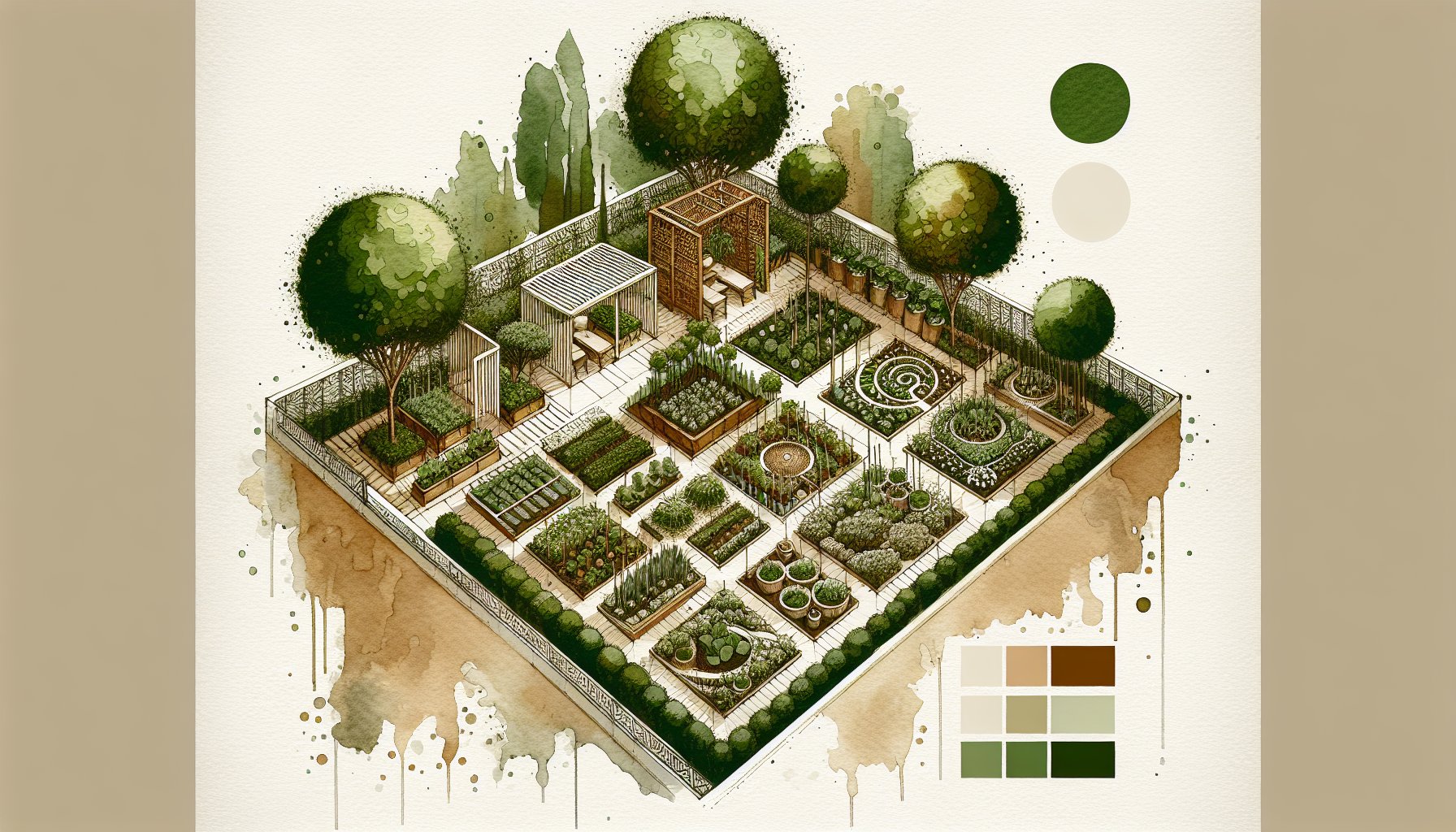Custom Planting Beds
Eco-Friendly Practices for Building Custom Planting Beds
Explore eco-friendly practices for building custom planting beds, including hügelkultur and companion planting. Discover how to create vibrant, self-sustaining gardens that nurture both plants and the planet.
Sep 17, 2025
7 min read

Eco-Friendly Practices for Building Custom Planting Beds: A Guide by Carson Outdoor Living
TL;DR: Dive into the world of sustainable gardening with age-old practices like hügelkultur and modern eco-conscious methods. From creating self-sustaining planting beds that naturally retain moisture and nutrients to understanding the power of community gardening and smart irrigation, here's how you can grow vibrant gardens while being kind to Mother Earth.
Roots of Sustainability: Reimagining Gardens as Regenerative Forces
Amidst the hustle and bustle of modern life, there's a growing urge to hit pause and get back to our roots, literally. This isn't just about adopting a trend; it's about rekindling a profound connection with the Earth and understanding our role within its grand tapestry. Gardens, with their inherent magic, offer a chance at regeneration, weaving eco-friendly practices like custom planting beds into our green spaces.
Take hügelkultur, for instance. This mouthful of a gardening technique isn't just about stacking organic materials; it's a centuries-old German tradition that knows how to get the best out of nature. Imagine layers of wood, leaves, and compost working in concert, decomposing gracefully to enrich the soil beneath. This method not only does wonders for soil fertility and water management but also acts like a natural sponge, soaking up rainwater and feeding it back to plants during dry spells.
As you picture this rustic scene, a family in rural Germany may come to mind, finding strength and sustenance in their hügelkultur beds through generations. Sustainable gardening, as shown by this tradition, isn't just about aesthetics or yield. It's about fostering a legacy of resilience and stewardship, spreading seeds of change that echo through communities and beyond.
Soil Symphony: Crafting the Perfect Foundation
Getting down and dirty, literally, is where the magic happens. Soil is the stage where your garden's symphony plays out, and hügelkultur is a maestro in sustainable design and organic principles. Imagine this lush, sloped landscape filled with decomposing wood and nutrient-rich topsoil, all working together in a kind of earthen ballet.
Building a hügelkultur bed is like composing a masterpiece. It starts with a wooden base, decomposing over time, providing an ideal drainage system while enriching the soil. Add layers of organic goodness, branches, leaves, compost, and let this mound perform its symphony, reducing the need for synthetic fertilizers and maximizing moisture retention. Students in Oklahoma demonstrated this with flair, picking the perfect spot for hügelkultur and proving that smart site selection is crucial.
As you compose your own soil symphony, remember: patience pays off. The process may take time, but the self-watering, self-fertilizing garden bed that emerges is worth every moment.
Timber Tales: Building with Conscious Choices
Wood: it’s not just for building fires or crafting tables; it’s the backbone of sustainable garden beds. When you opt for timber, especially the reclaimed or untreated kind, you’re reducing your environmental footprint while creating something beautiful. Hügelkultur, with its reliance on decaying wood, shows just how effective this approach can be.
Picture using locally sourced barn wood or fallen trees. These aren't just materials; they're stories integrating character and history into your garden. Plus, choosing untreated timber avoids nasty chemicals that could sneak into your soil.
Beyond the functional, timber's rustic charm enhances the garden's aesthetic, creating a sanctuary for both humans and wildlife. Embrace the stories each piece holds as you build your garden beds.
Nurturing Nature: The Art of Companion Planting
Think of companion planting as matchmaking for your garden. Certain plants just belong together, like the classic pairing of tomatoes and basil. Basil not only elevates your spaghetti sauce but also works its magic by keeping aphids at bay, and in turn, enhances the flavor of your tomatoes.
Incorporating companion planting into your hügelkultur mound can elevate the method further, adding layers of pest resistance and harmony to your garden's ecosystem. The faculty and students at Oklahoma State University showcased this beautifully, proving that strategic plant placement can result in thriving ecosystems.
Companion planting isn't just a technique, it's a philosophy. It reflects our relationship with nature, where understanding these connections can lead to gardens that thrive in harmony.
Water Wisdom: Mastering Efficient Irrigation
Water, the essence of life, demands a thoughtful approach. Hügelkultur naturally handles irrigation like a pro, organic materials soak it up, creating a self-watering system. Imagine the gentle rain permeating through the mound, nourishing your plants while cultivating a vibrant ecosystem below.
Take it a step further with modern drip irrigation systems, delivering water directly to roots and minimizing waste. Or, harness rainwater with a collection system. Your garden will thrive, and so will your water bill.
Efficient irrigation isn't just smart; it's essential. As we face climate challenges, a water-wise garden reflects a deeper connection to nature.
The Organic Shield: Ditching Chemicals for Natural Pest Control
Bid farewell to chemical pest control. Hügelkultur beds offer a natural alternative, creating environments that deter pests while hosting beneficial insects. Imagine a garden buzzing with life, where every bug has a purpose and balance reigns.
This organic shield not only protects your plants but also embraces the wisdom of ancient methods. Students in Oklahoma showed how site selection and strategic placement of hügelkultur beds can foster these harmonious ecosystems.
In our quest for sustainability, turning to methods like hügelkultur rewrites the narrative, inviting us to explore natural solutions that protect both plants and planet.
Mulch Matters: The Unsung Hero of Ground Cover
Mulch isn't just a pretty face; it's a powerhouse of benefits. Whether using leaves, straw, or the principles of hügelkultur, natural ground cover improves soil health, conserves water, and suppresses weeds.
Incorporating mulch invites biodiversity, creating habitats for pollinators and beneficial insects. This isn't just ground cover; it's a thriving micro-ecosystem that echoes the broader environment’s harmony.
Mulch matters because it transcends aesthetics, rooting your garden in sustainable principles that nurture both plant and planet.
Fruits of Labor: Reaping the Benefits of Sustainable Gardening
Growing your own food isn't just about sustenance; it's a testament to resilience and community. Hügelkultur exemplifies this ethos, creating self-sustaining gardens that work with nature.
Oklahoma State University students illustrated this through hands-on learning, crafting hügelkultur beds and witnessing sustainability in action. Their project wasn't just about growing plants; it was about growing understanding and commitment to eco-conscious practices.
As gardens yield fruits and vegetables, they also cultivate relationships and a shared commitment to a greener future. It’s a journey that extends beyond harvest.
Community Cultivation: Building Bonds in Shared Spaces
Shared gardening spaces are more than plots of land; they're the heart of community connection. From neglected lots to vibrant gardens, community projects transform spaces and lives.
Hügelkultur serves as a communal model, promoting sustainability and collaboration. Places like Portland, Oregon, show how community efforts can reclaim spaces and foster a sense of belonging.
In these shared spaces, we cultivate sustainable practices and eco-conscious values. Community gardens are more than gardens; they're communities in bloom.
Eco-Design Revolution: The Future of Sustainable Gardening
The world of gardening is shifting, blending traditional wisdom with modern eco-consciousness. Hügelkultur, with its ingenious use of organic waste, offers a glimpse into this new era of environmental stewardship.
The students in Oklahoma demonstrated the power of informed site selection and thoughtful design. Their work reflects the principles of permaculture and regenerative practices, essential for facing contemporary environmental challenges.
The eco-design revolution invites us to see gardens not just as aesthetic pursuits, but as integral parts of the ecosystem. It's a call to action, urging us to rethink our practices and embrace a greener future.
Join us at Carson Outdoor Living in sowing the seeds of change. Through sustainable practices like hügelkultur, we can grow gardens that are vibrant, resilient, and kind to our planet. Let's cultivate not just plants, but a deeper connection to the Earth, a legacy of sustainability for generations to come.

Need Help?
Check out these related products that can help:

